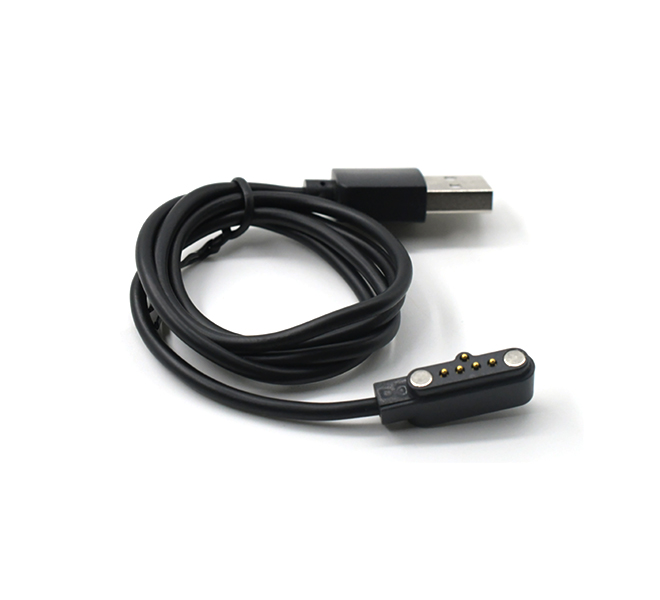Time:2025-07-03 Views:1 source:News

In electrical and electrochemical measurements, the distance between potential probes (used to measure voltage) and current probes (used to supply current) is a critical parameter that directly affects the accuracy of the results. This configuration is commonly seen in four-probe techniques (also known as the Kelvin method), which are widely used to measure resistivity, conductivity, or electrochemical impedance in materials like semiconductors, batteries, and corrosion studies.
The four-probe method separates the current-carrying and voltage-sensing functions to eliminate errors caused by contact resistances at the probe tips. The basic principle is that the current flows through the outer two probes (current probes), while the inner two probes (potential probes) measure the voltage drop across the sample. The distance between the current and potential probes determines the volume of the material being probed and the distribution of the electric field within it.
If the distance between current and potential probes is too small, the electric field may not fully penetrate the sample, leading to non-uniform current distribution and inaccurate voltage measurements. Conversely, an excessively large distance can introduce parasitic resistances from the sample itself, especially in low-conductivity materials, or cause significant voltage drops over the probe spacing, distorting the results. For homogeneous materials, the optimal probe distance is often determined by the sample’s thickness and conductivity, with theoretical models (e.g., the Van der Pauw method for thin films) providing guidelines for spacing.
In practical applications, such as testing the resistivity of semiconductor wafers, the probe distance is carefully calibrated to ensure that the measured voltage reflects the true electrical properties of the material under test. Additionally, in corrosion testing, the probe spacing can influence the resolution of localized electrochemical measurements, requiring precise control to capture microscale variations in surface properties.
Read recommendations:
High quality supplier of magnetic connectors